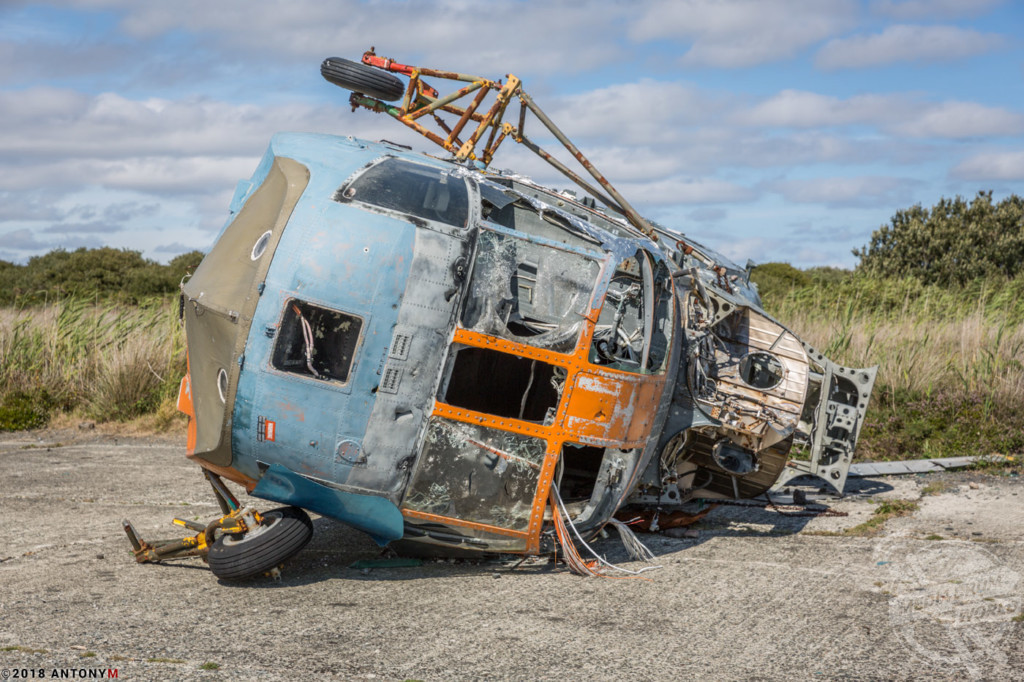By Mark McConville
STUNNING pictures have revealed the airfield in Cornwall that was first built to combat the Nazi threat after France capitulated in 1940 but now lies as a plane graveyard.
The incredible images show large planes with extensive fire damage lying on the airfield while some still have the RAF roundel.
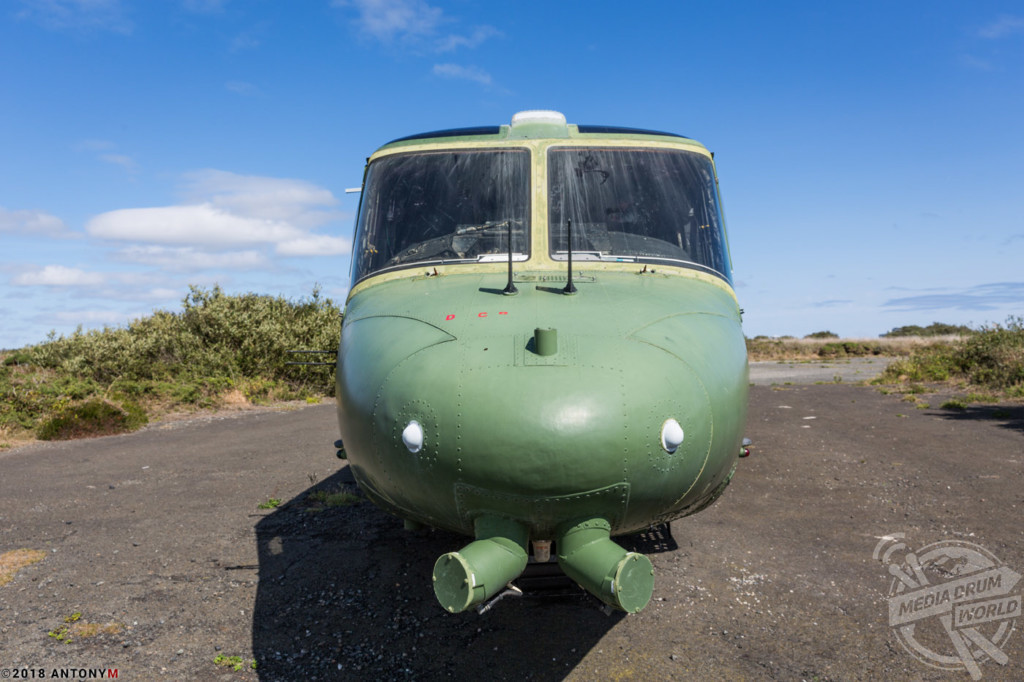
Other striking shots show newer planes lined up on runaways and military helicopters parked beside each other.
The interesting photographs were taken at Predannack Airfield, Cornwall by urban explorer Antony Meadley.
“I had heard several times about a location in Cornwall with abandoned aircraft,” he said.
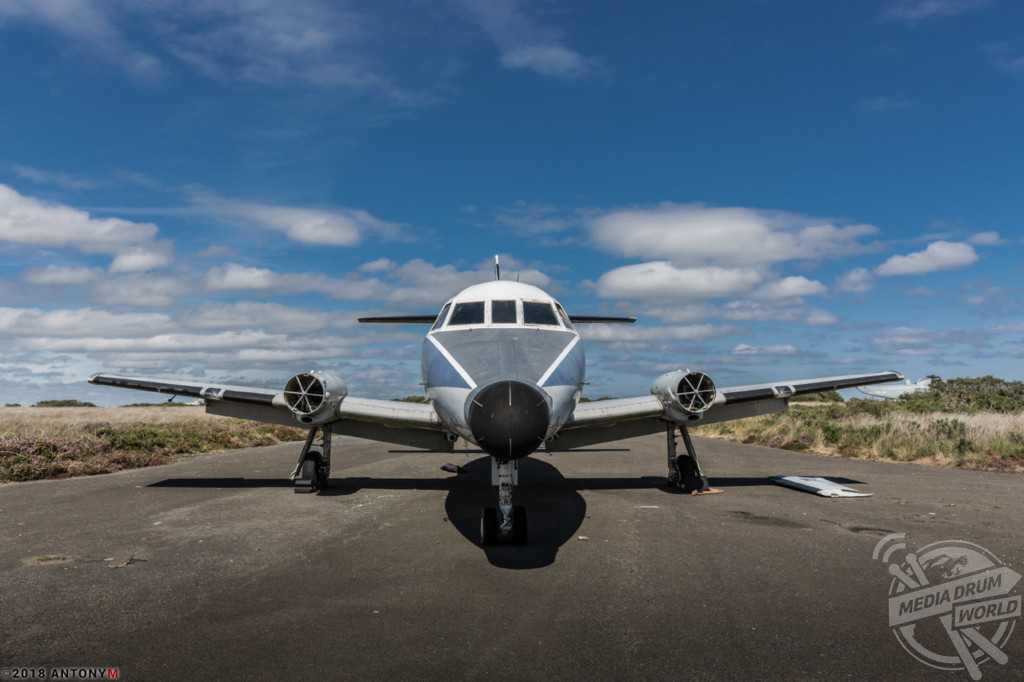
“The stories varied from a few planes to hundreds. So I started asking friends with military and aviation connections who gave me a rough area. I then took to Google Maps satellite view to pinpoint the exact location.
“The location is used for fire and rescue training, so several of the aircraft have fire damage, while others are still in fairly good condition.
“Among the planes are an English Electric Canberra B(I).6, and an SA Jetstream T2, ZA111. There are also several helicopters including two Westland Lynx.”
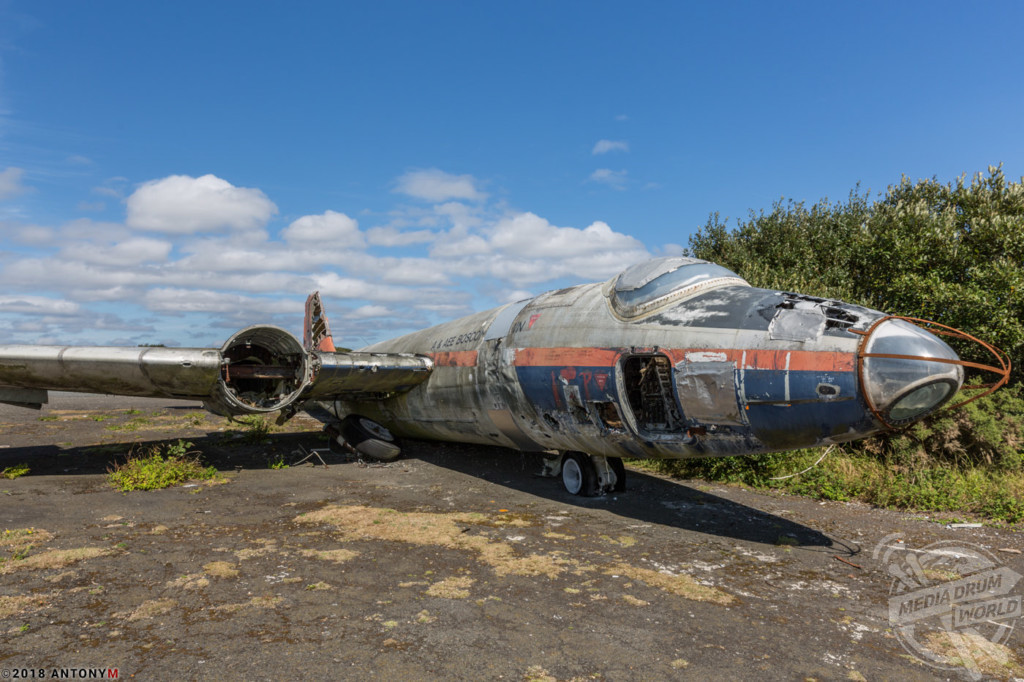
The capitulation of France in June 1940 gave impetus to the building of numerous airfields across South West England which was now vulnerable to attack by the Luftwaffe. RAF Predannack was opened in May 1941 as a satellite for RAF Portreath. Accommodation was dispersed over a wide area, with officers accommodated in the Mullion Cove and Polurrian Hotels. The number of personnel reached peak strength of 3,600 by 1944.

The Luftwaffe attacked Predannack several times. The first attack on the night of 12 October 1941 followed a Beaufighter on approach and shot up the airfield. Defence soon gave way to offensive operations; fighter sweeps and intruder operations were undertaken over France.
The airfield’s southerly location made it also suitable for anti-shipping strikes over the Bay of Biscay. Westland Whirlwind and Beaufighter squadrons mounted successful patrols, followed later by a number of de Havilland Mosquito squadrons.
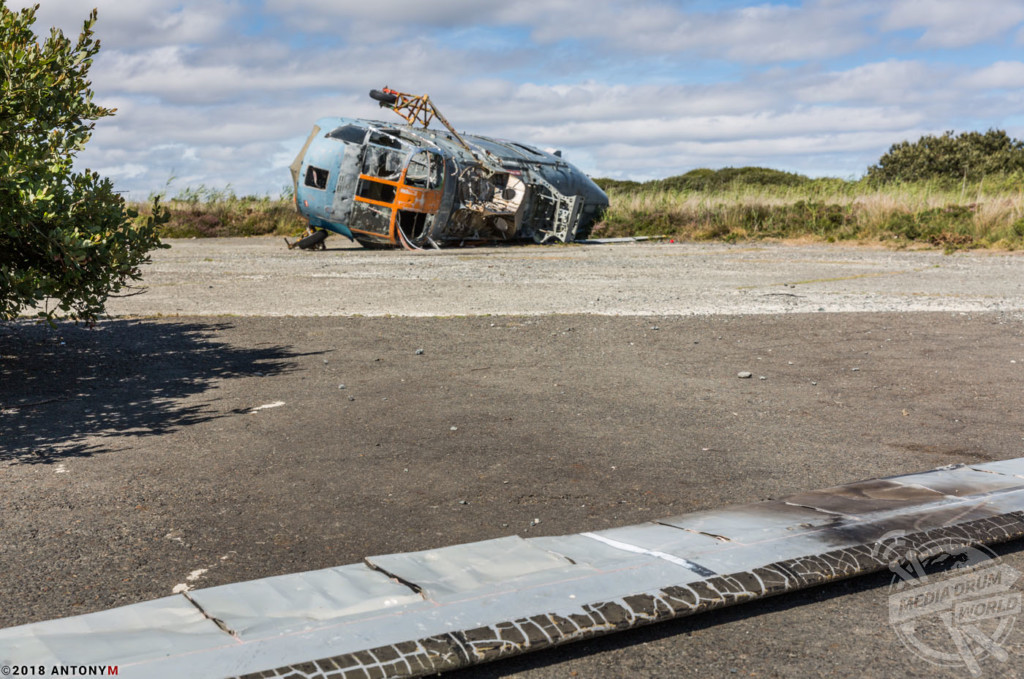
Still owned by MoD Estates, it is the base of RAF 626 Volunteer Gliding Squadron unit.[1] and the practice base of Royal Naval School of Flight Deck Operations, which has a number of dummy aircraft for fire extinguishing practice, and a number of retired airframes for aircraft crash rescue practice.

